By Can-Am Off-Road
10/18/2022
Changing the front differential fluid on your Can-Am Outlander ATV is easier than you think. It’s an essential part of the ownership process that will keep your ride running strong for years to come. The best part is that it only takes about 30 minutes and can be done with tools you probably already own.
The recommended service interval for front differential oil change on your Can-Am ATV is every 4,000 miles or 200 hours in normal driving conditions. If you’re riding in a lot of mud and dust or heavy-duty conditions, then you’re going to want to do it more often — around every 2,000 miles or 100 hours, whichever comes first.
- Wrench
- Funnel
- Drain pan
- Floor jack
- Rag or towels
- Synthetic gear oil, such as XPS 75W140 Synthetic Gear Oil
1. Start by parking your vehicle on a level surface and setting the parking brake.
2. Locate the fill and drain plugs on the right side of your vehicle. - The drain plug is at the bottom under the differential. Give both areas a good wipe with a clean rag.
CAN-AM TIP: Accessing the differential drain and fill plugs can be a tight squeeze. Turning the wheels to the right gives you a little more clearance to work.
3. Loosen the top fill plug. Why start with the fill plug? You want to make sure you can loosen the fill plug before pulling the drain plug. If you can’t remove the fill plug, you’ll have no way of adding fresh oil to the differential once the old oil is drained.
4. Once you confirm the fill plug is good to go, place your drain pan below the drain hole and remove the drain plug.
5. As the old oil drains, remove the fill plug completely. This will speed the draining process along and help all the old oil drain completely.
6.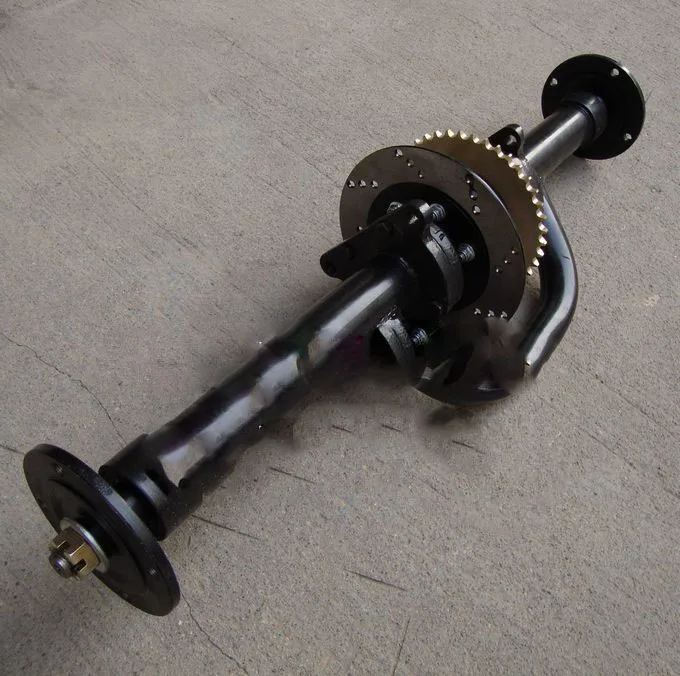 With all the old oil drained, reinstall the drain plug (start by hand to ensure you don’t cross-thread it). Then tighten to spec: 2.5 ± 0.5 Nm (24 ± 4 lbf-in).
With all the old oil drained, reinstall the drain plug (start by hand to ensure you don’t cross-thread it). Then tighten to spec: 2.5 ± 0.5 Nm (24 ± 4 lbf-in).
7. Using your funnel, add fresh XPS 75W140 synthetic gear oil, like the one from XPS. Check the technical specifications in your operator’s manual for the exact amount to add.
8. With the fresh oil filled, reinstall the fill plug — again, start by hand to not cross-thread. Then tighten to spec: 16.5 ± 2.5 Nm (146 ± 22 lbf-in).
9. Discard the old oil responsibly. If you’re unsure where to do this, contact your local municipality.
Be sure to check all plugs for leaks. If everything looks clean, you are free to roam again and head out for a new adventure! Check out the Can-Am Off-Road Owner’s Zone for more helpful tips on how to maintain your Can-Am ORV.
COOKIE USE
This site uses cookies to ensure you have the best experience. By browsing this site, you are agreeing to our use of cookies in accordance with our Privacy Policy. Find out more on cookies and how to manage your settings on our Cookie Policy.
By browsing this site, you are agreeing to our use of cookies in accordance with our Privacy Policy. Find out more on cookies and how to manage your settings on our Cookie Policy.
JavaScript is disabled. For a better experience, please enable JavaScript in your browser before proceeding.
1 - 18 of 18 Posts
1 - 18 of 18 Posts
 Please consider creating a new thread.
Please consider creating a new thread.Top
Tell me, Suzuki sx4 4wd, the oil seal on the rear differential is leaking, where the axle shaft comes out, which by the way came out of the differential, steel-colored oil flows, I don’t see the oil seal, there is a bearing. I read, there is a retaining ring on the axle shaft, did it break and get into the differential? Why steel color oil? How to remove the remnants of the retaining ring from the differential, how and with what to flush the differential?
Just a broken circlip won't produce enough chips to make steel-colored oil.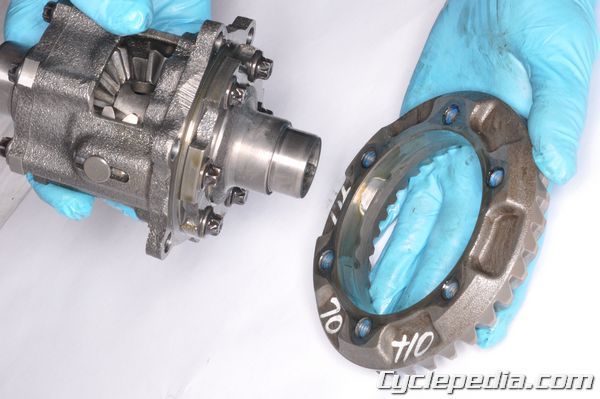 Usually, pieces of it just stick to the magnetic drain plug.
Usually, pieces of it just stick to the magnetic drain plug.
In any case, if the oil is steel-colored, do not rinse, but disassemble and inspect. The diff housing could be broken.
If the differential housing burst, there would be smudges or a stain, but it was clean. 2 weeks before I saw a leak, I drove it to the service station - they looked at the chassis - they checked everything perfectly (they also asked if I was buying or selling, but I checked it for myself)
suzx4 wrote:
If the differential housing burst, there would be smudges or a stain, but it was clean.
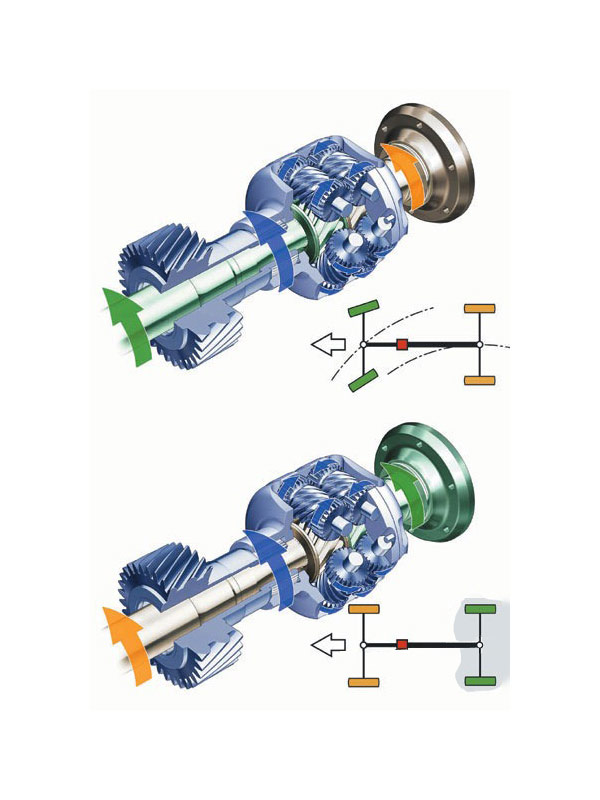
Click to expand...
You have problems with terminology. The gearbox housing (from which you got the drive, not the axle shaft), is not the same as the differential housing.
The differential case is inside and you can't see it.
the same trouble, I think it is possible to drive like this without connecting all-wheel drive or not?
and how would I find out the catalog number of the stuffing box?
DSC_2546_1.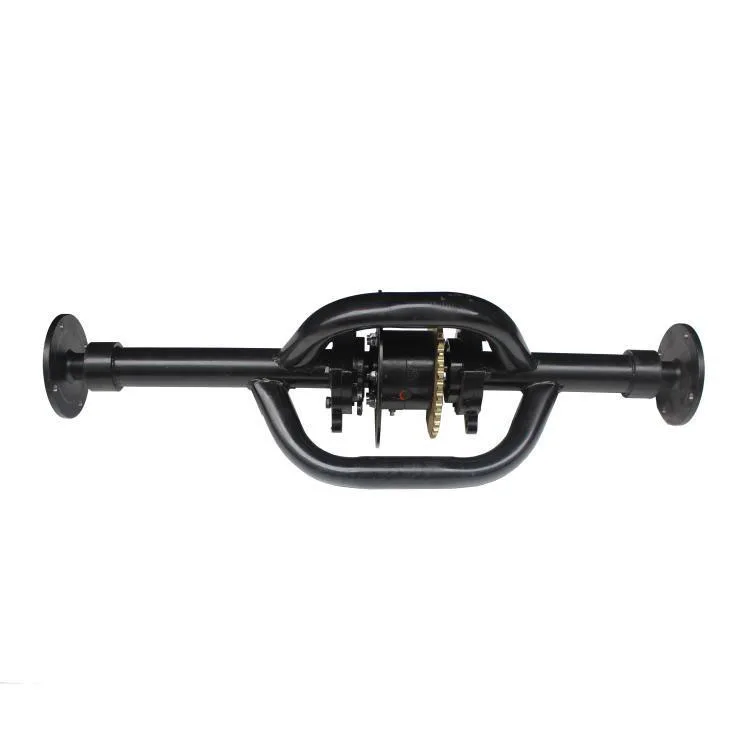 jpg
jpg
17.2KB Views: 1,136
What, "same trouble", "axle shaft out of differential", "steel-colored oil"?
I can only see from the photo that the oil seal is "sweating". "Flow" is when the drop hangs. For now, leave it like that.
serg34rus wrote:
I think it's possible to drive like this without connecting all-wheel drive or not?
Click to expand...
And what does it have to do with connecting or not connecting? The gearbox is always spinning and the drive too.
serg34rus wrote:
how to find out the catalog number of the stuffing box?
Click to expand...
Register in the catalog and find out.
-a549-15621485b9f4&Title=TRANSMISSION ([ 163 ] SIDE GEAR, REAR (4WD))
Part #7.
yes wildly sorry, I didn’t specify, the stuffing box is sweating.
thanks for the info, signed up, found it.
4 days since I own this car, so sorry if that)
You have a problem there for 1000 rubles at the service and about the same for the stuffing box. Just make sure that the shaft is marked during parsing, otherwise it may be like mine later) (see the next branch)[DOUBLEPOST=1436217559,1436217523][/DOUBLEPOST]The topicstarter has a more serious problem along the way, although the bridge itself is buzzing, I'm afraid to climb there
Just make sure that the shaft is marked during parsing, otherwise it may be like mine later) (see the next branch)[DOUBLEPOST=1436217559,1436217523][/DOUBLEPOST]The topicstarter has a more serious problem along the way, although the bridge itself is buzzing, I'm afraid to climb there
tell me please, I want to replace the oil seal (left) of the rear gearbox. it is snotty, the drops do not hang and I didn’t notice any spots after parking on the asphalt, but I want to replace it, but the service manual says that the retaining ring of the axle shaft flange needs to be replaced, is it necessary to change the retaining ring to a new one or can I put it back with the old one? what is the part number of this ring? (sx4 2011.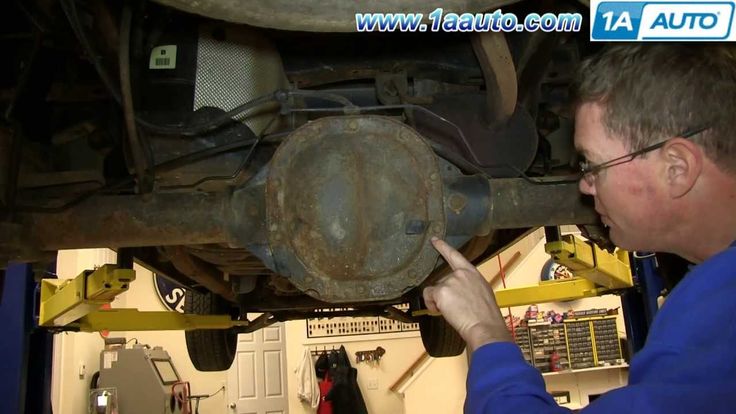 4*4 1.6 Hungarian hatchback)
4*4 1.6 Hungarian hatchback)
Last edit by moderator:
kent@vr wrote:
it is written that the retaining ring of the axle shaft flange needs to be replaced, is it necessary to change the retaining ring to a new one or can it be put back with the old one?
Click to expand.
..
External inspection if no damage or bites are visible, it is better not to change. It is not known what kind of g .... you will buy.
Dmitry wrote:
External inspection if no damage and bites are visible, it is better not to change. It is not known what kind of g .... you will buy.
Click to expand...
thanks, I thought about it, but I would like to order the original ring, do you happen to know the catalog number of the ring?
http://www. japancats.ru/
japancats.ru/
Flushing the rear differential is a fairly simple procedure. However, you need to know a few things before you get started. First, the best diff flusher is fresh diff oil. Most solvents are not suitable for use and will damage the back during the flushing process. Second, check your owner's manual or contact your vehicle manufacturer for recommendations on what differential oil to use to fill your differential after flushing. Get enough fresh differential oil to fill the back of your car twice.
Contents
Park the car and let it cool down completely.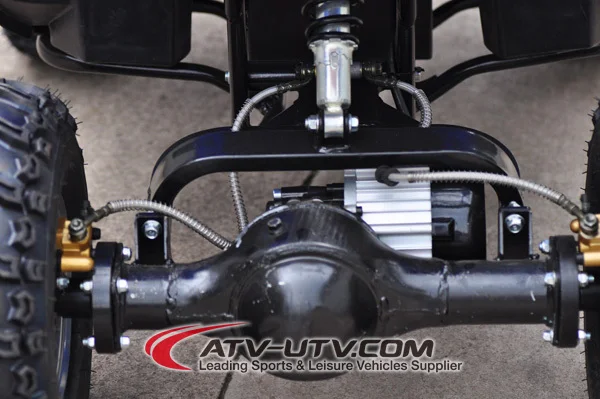
Raise the rear of the vehicle and place stands under the rear axle. Make sure the jack legs are in contact with the axle and are on the ground.
Place a drain pan under the differential in position to catch the fluid that will flow out of it.
Loosen and remove the differential cover, starting with the bolts closest to the bottom of the cover. If necessary, gently open the cover with a flathead screwdriver. Take care not to damage the gasket during this flushing step. The rear differentials are equipped with a filler hole. Resist the temptation to use a small fluid pump to remove old fluid from the diff through this hole.
Allow all used fluid to drain from the differential.
Carefully inspect the bottom of the differential case for sediment buildup. If there is, remove it carefully.
Reinstall the differential cover and tighten it with a ratchet.
Remove the filler plug and fill the differential with fresh differential oil. This oil will be used for flushing. Never use paint thinner, liquid fuel, or an alcohol-based solvent to flush a differential; they do not provide sufficient lubrication during the subsequent stages of the flushing process. In addition, most of these liquids are flammable and hazardous to work with.
Replace the filling hole plug. Remove the jacks and lower the car to the ground.
Start the car and drive it for a few (five to 10) miles.
Park the car and let it cool down.
Raise the back and place the stands in place.
Place the drain pan below the rear end again.
Remove the differential cover as before and allow the used oil to drain completely.
Inspect the bottom of the differential case and wipe off any extra deposits of sediment.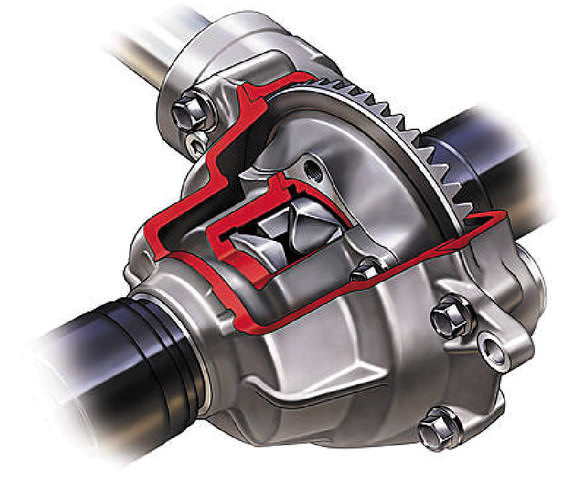
Scrape off the old gasket from the cover and mounting surface on the differential housing.
Lubricate the mounting surface of the cover with a sealing gasket. Follow the instructions that come with the product you are using. Carefully place the new gasket on the mounting surface.
Replace the cover and tighten all fixing bolts.
Remove the filler plug and fill the differential with fresh differential oil.
Replace the filling hole plug. Remove the jacks and lower the car to the ground.
Start the car and drive a few miles.
Park the vehicle and inspect the rear differential for leaks.
Dispose of old oil safely in accordance with local regulations.
